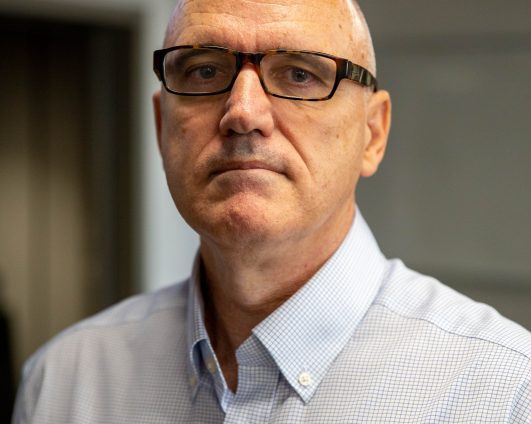Politics, Place and Cultural Production
Nations and Regions in the UK’s Broadcasting Industry: Barriers and Synergies between two Creative Clusters – Bristol and Cardiff | A. Spicer & A. Genders
This paper will use a specific case study of the film and television industries in two geographically adjacent cities – Bristol and Cardiff, only 30 miles apart with a journey time of 40 minutes by car or train – to explore issues of cultural production and placemaking. Historically, Bristol and Cardiff have been emulous rivals and attempts to unite their screen industries by both the BBC and an ITV franchise (HTV) foundered amidst conflicting claims of anti-Welsh and anti-English bias from both sides. These tensions persist through to the present with Bristol, part of an English region whose media industries have grown incrementally, looking enviously across at the money and resources provided to Cardiff’s screen industries by the strategic engineering of the Welsh (national) Government. However, there are now moves to try again to unite them driven by the political desire to create a ‘Western Powerhouse’, especially now that tolls have ended on the Severn Crossing (December 2018), and the relocation of one of Channel 4’s creative hubs to Bristol in 2019, which its CEO proclaimed would unite the ‘thriving production communities’ in both cities. Thus it seems a timely moment to reconsider these two cities’ relationship and this paper will examine the barriers and synergies that obtain and speculate whether and in what ways they can be rethought and reimagined. It will analyse the role of different agents in these processes: politicians, production companies, cultural intermediaries including media organisations, regulators (Ofcom) and policy makers, universities and especially the role of mobile freelance labour. Our central argument derived from this case study is that creative cities are the product of long and complex cultural histories that shape them more profoundly than economic forces, and that only by understanding those histories can meaningful interventions take place.
Melbourne as ‘Music City’ | S. Homan
Drawing on a three-year Australian Research Council project examining the history of rock and pop in Melbourne, Australia, this paper assesses the historic role of state intervention in the production of the city’s music ecosystem. What have been the specific factors in enabling Melbourne to proclaim itself not just a ‘music city’, but the ‘live music capital’ of the world? Such claims inevitably invoke tensions between such branding exercises, and the lived experiences of musicians, audiences and related industry workers. This paper explores the combinations of regulatory devices (planning, licensing and noise) that have been deployed historically, and how they have been implicated in past and contemporary discussions of place-making, gentrification and regeneration. The ‘Melbourne model’ offers insight, too, into different forms of industry and state collaboration within urban cultural policy.



